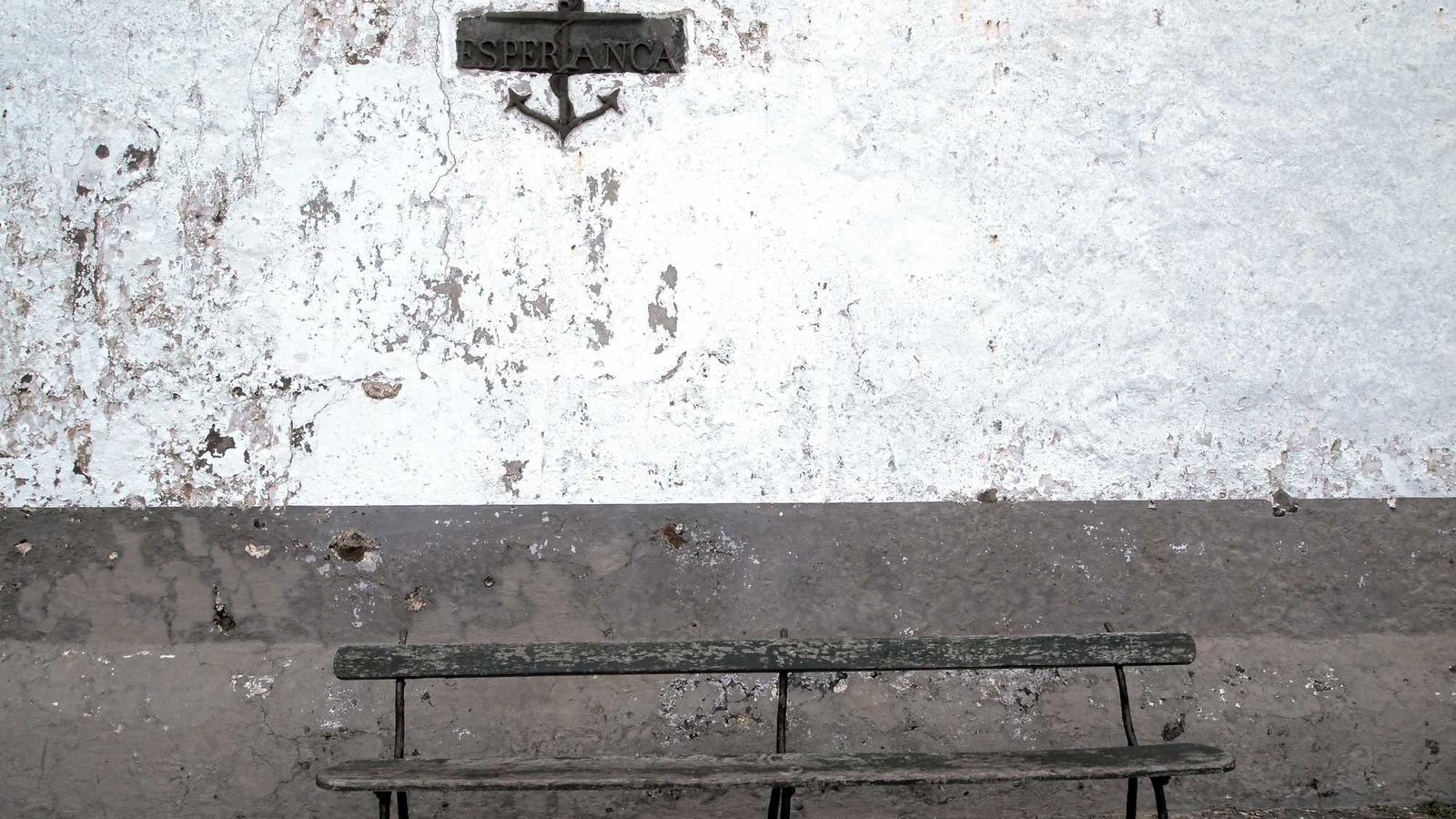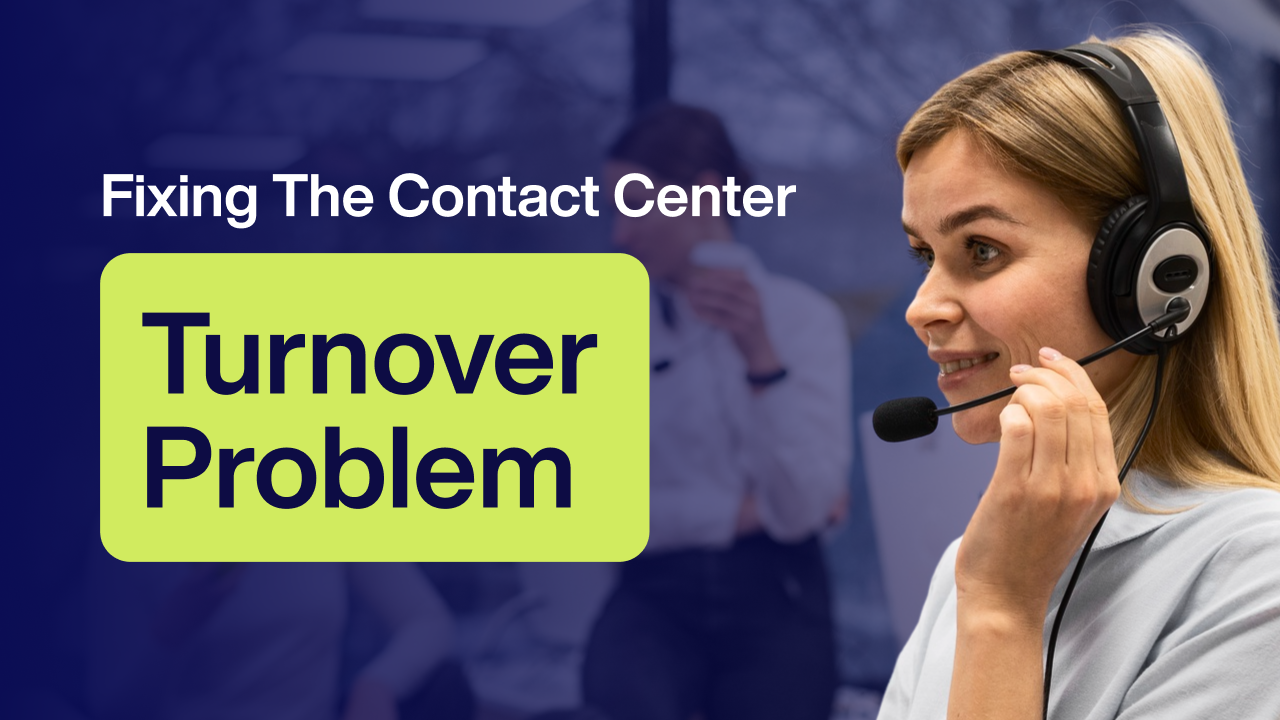Florida’s FQHCs: The Safety Nets Holding Up Primary Care in a Non-Expansion State

Introduction: Uninsured and Underserved in the Sunshine State
In most states, Medicaid expansion under the Affordable Care Act (ACA) helped close the gap between low-income individuals and access to healthcare. But in Florida, one of 10 remaining states that have opted not to expand Medicaid, that gap has only grown.
With an uninsured rate of nearly 13%, compared to the national average of around 8%, Florida is home to one of the largest populations of uninsured people in the United States. These are working families, gig economy workers, part-time employees, and individuals caught in the “coverage gap”—earning too much to qualify for Medicaid but too little to afford private insurance.
In this context, Federally Qualified Health Centers (FQHCs) have emerged as critical safety nets, providing primary care, chronic disease management, and preventive services to millions of Floridians. These centers operate on a mission to serve everyone, regardless of ability to pay, using a mix of federal grants, state funding, and sliding fee scales.
Despite facing severe funding and capacity challenges, Florida’s FQHCs have become the primary care home for the state’s most vulnerable residents—helping reduce unnecessary emergency room visits, manage chronic illnesses, and provide dignified care where it’s needed most.
1: Process Innovation — Stretching Resources Without Compromising Care
In the absence of Medicaid expansion, Florida’s FQHCs have had to get creative with how they deliver care, especially for patients who lack insurance. These clinics have innovated not only in service delivery but also in administrative and financial processes to remain sustainable.
Key Process Innovations:
- Sliding Fee Scale Programs
Every FQHC in Florida offers income-based sliding fee scales, ensuring patients can afford care even without coverage. Patients earning below 100% of the federal poverty level often receive services at little or no cost. - Integrated Care Models
Clinics like Community Health Centers of Pinellas and Family Health Centers of Southwest Florida use team-based models that integrate behavioral health, dental, and chronic care management—allowing for efficient use of limited staff and funding. - Telehealth Expansion
Since the COVID-19 pandemic, FQHCs have scaled telehealth to reach remote and underserved populations. This has reduced no-show rates, especially for mental health and chronic disease follow-ups. - Data-Driven Risk Stratification
Using electronic health records (EHRs) and predictive analytics, many centers have implemented risk scoring algorithms to identify high-need patients and prioritize proactive outreach and preventive care.
While the process load is heavy, these innovations have helped FQHCs in Florida maintain care continuity even in a policy environment where resources are stretched thin.
2: People Power — The Workforce Behind the Mission
The strength of Florida’s FQHCs lies not only in systems but in the people who drive them. From bilingual frontline staff to mission-driven clinicians, health centers are built on a workforce committed to health equity.
Key People Strategies:
- Recruitment Incentives for Underserved Areas
With many clinics located in rural or underserved communities, FQHCs participate in National Health Service Corps loan repayment programs to attract doctors, nurses, and behavioral health providers. - Community Health Workers (CHWs)
Many Florida FQHCs have built CHW programs to bridge cultural and linguistic barriers, provide health education, and connect patients with local resources. These workers are often from the communities they serve, making them powerful messengers and trusted guides. - Staffing for Whole-Person Care
Clinics like Jessie Trice Community Health Center in Miami employ integrated care teams: a provider, nurse, behavioral health consultant, and care coordinator—offering a wraparound approach even in settings with high uninsured populations. - Training Programs with Academic Partners
FQHCs are collaborating with Florida A&M University, University of Florida, and other institutions to provide rotations and internships for medical, dental, and nursing students. This not only expands service capacity but builds a workforce pipeline rooted in community-based care.
These teams serve as the foundation of accessible, compassionate care for people who would otherwise fall through the cracks.
3: Real-World Examples — Meeting the Moment in Florida Communities
FQHCs across Florida are not only delivering care but demonstrating measurable community impact despite the Medicaid coverage gap.
Case Study: Tampa Family Health Centers
Tampa Family Health Centers (TFHC), one of the largest FQHCs in the state, serves over 100,000 patients annually—more than half of whom are uninsured.
- Impact:
In 2023, TFHC reported a 22% reduction in ER utilization among high-risk patients who received care coordination and chronic disease management through their integrated model. - Programs:
TFHC runs diabetes education workshops, blood pressure self-monitoring programs, and community-based COVID-19 vaccine clinics, all aimed at preventing avoidable emergencies.
Bond Community Health Center – Tallahassee
Bond Community Health Center is known for its school-based health programs and mobile outreach.
- Outreach:
In 2022, Bond’s mobile clinics provided 5,000+ wellness checks and sports physicals to children in low-income areas. This early screening helps detect chronic issues before they escalate. - Results:
Parents without insurance avoided costly ER visits, and students had a 15% improvement in school attendance, thanks to better access to care.
Florida’s Low Income Pool (LIP)
Though limited, Florida’s Low Income Pool funding provides stopgap support to FQHCs and hospitals treating uninsured patients.
- Statewide Support:
In FY 2023, over $275 million was allocated through LIP, with FQHCs like Orange Blossom Family Health in Orlando receiving funding to continue treating high volumes of uninsured patients.
While not a substitute for Medicaid expansion, LIP helps sustain operations for the most overburdened providers.
Conclusion: Holding the Line Until Policy Catches Up
Florida’s decision not to expand Medicaid has had real consequences. Hundreds of thousands remain uninsured, relying on emergency rooms for basic care or going without it altogether. In this challenging environment, FQHCs have stepped in—not as a backup option, but as the front line of primary care.
These clinics stretch every dollar, innovate at every level, and deliver outcomes that rival better-resourced systems. Their work reduces ER visits, manages chronic illness, and keeps families healthy—regardless of insurance status.
Still, the system isn’t built for this kind of long-term patchwork.
FQHCs need stable funding, workforce development, and policy support to keep up with growing demand. More importantly, patients need a more sustainable solution—one that doesn’t depend on geography to determine access.
Until then, Florida’s FQHCs continue to do what they’ve always done: care for everyone who walks through the door.
Are you a policymaker, healthcare leader, or community advocate in Florida?
✅ Support increased funding for FQHCs and workforce programs.
✅ Share your story if your community relies on these clinics.
✅ Join the movement to close the coverage gap—because healthcare is a right, not a privilege.
Let’s make sure no one is turned away.
No Spam —
Just Good Stuff.
Join our newsletter for actionable advice, insider knowledge, and strategies that drive real results.
No fluff, just value.
%20(1).png)

.png)



































































.png)
.png)
.png)



.png)
.png)
.png)
.png)
.png)
.png)
.png)
.png)
.png)
.png)
.png)
.png)
.png)
.png)
.png)
.png)









